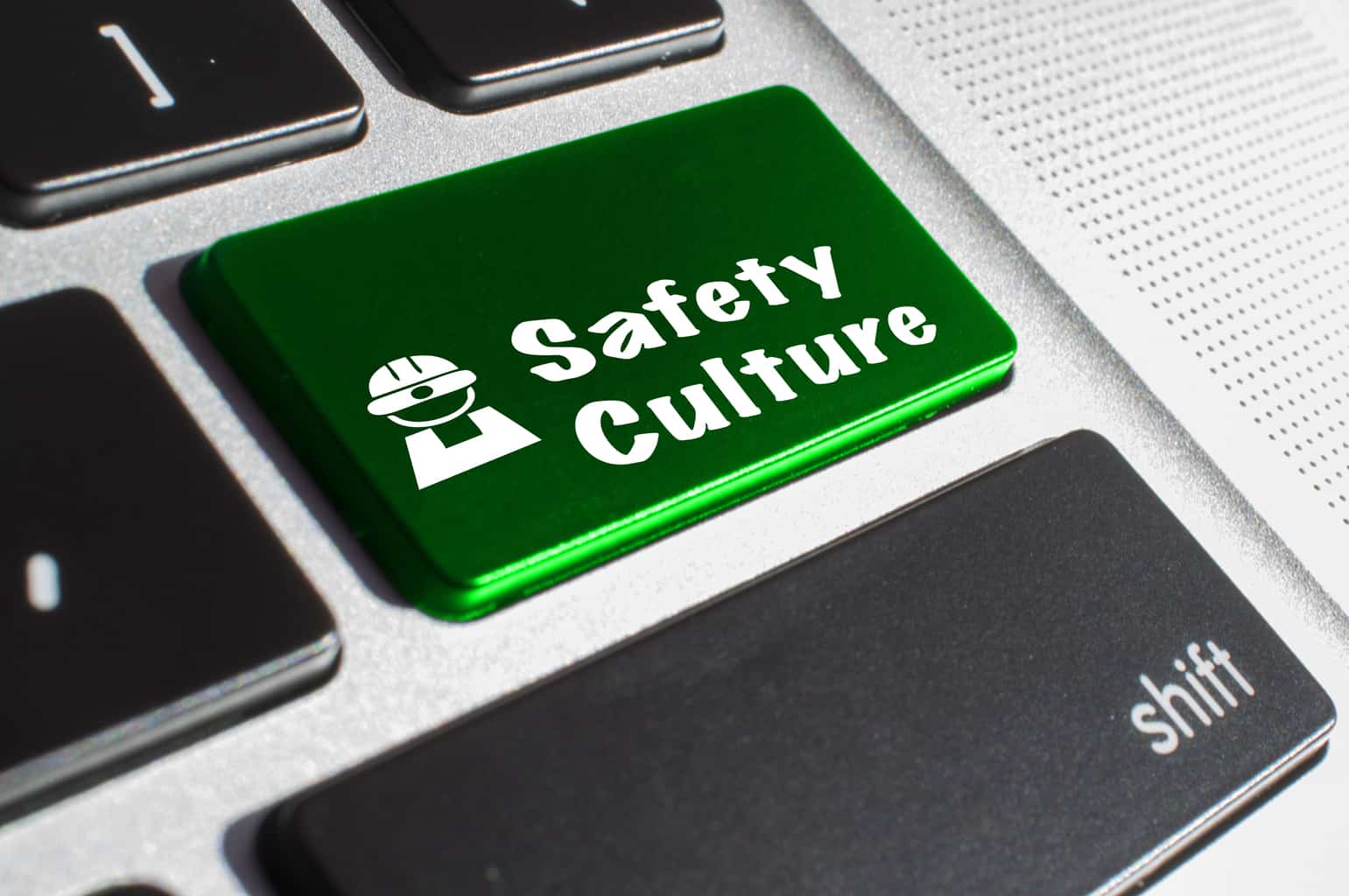Occupational health and safety (OHS) spends a lot of time discussing safety culture. The same names keeping cropping up in the discussion illustrating the insularity of the safety profession. But other professional sectors are also interested in safety culture.
Recently this blog contained an article about the


 In July 22 2014
In July 22 2014  Several years ago at a
Several years ago at a